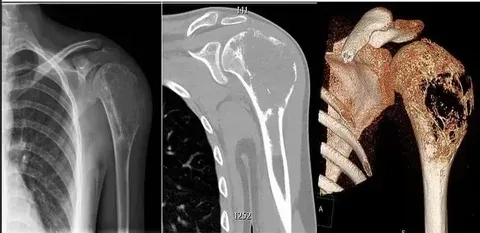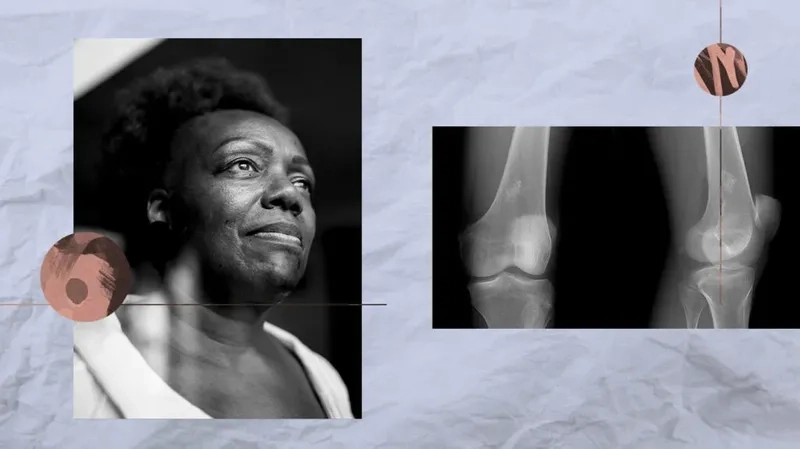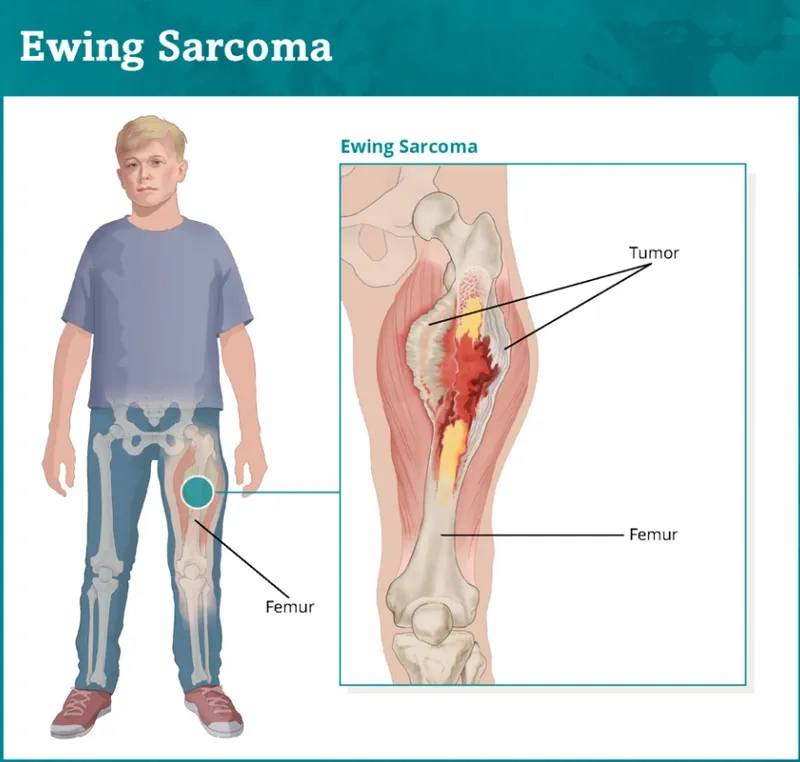A lump or unexplained pain could be more than a simple injury. Understanding the basics of sarcoma, a rare group of cancers, is crucial for early detection when treatment is most effective. This guide provides a clear overview of what you need to know.
What is Sarcoma and its Main Types?
- The answer to what is sarcoma is a rare cancer that arises from the connective tissues of the body, such as bone, muscle, or fat.
- There are over 70 types of sarcoma, broadly classified into soft tissue sarcoma and bone sarcomas like osteosarcoma and Ewing sarcoma.
- Specific types like liposarcoma develop in fat tissue, highlighting the diverse origins of these particular cancers within the body's structure.

Key symptoms of Sarcoma to watch for
- The most common of sarcoma symptoms is a noticeable lump or swelling, which may or may not be painful as it grows over time.
- Other signs can include persistent bone pain, an unexpected fracture from a minor injury, abdominal pain, or significant, unexplained weight loss.
- Symptoms vary widely depending on the tumor's location and type, making any new or changing lump a reason to see a doctor promptly.
How is Sarcoma Diagnosed and Treated?
- Diagnosis involves imaging tests and a biopsy, which also helps determine the sarcoma stages and informs the most effective treatment plan for the patient.
- Sarcoma treatment is complex and often involves a combination of surgery to remove the tumor, radiation therapy, and chemotherapy.
- The sarcoma survival rate has improved with modern care, but it depends heavily on the sarcoma type, stage at diagnosis, and tumor location.
>>> Learn now: Stomach cancer - Risk factors and early detection methods
Image of a soft tissue sarcoma









>>> Don't miss: Esophageal cancer - The link between acid reflux and your risk
Early diagnosis is the most critical factor in successfully treating sarcoma. If you notice any unusual lumps or persistent pain, consult a healthcare professional immediately for a thorough evaluation and peace of mind.
>>> Related articles: Multiple myeloma - Understanding this cancer of the plasma cells






